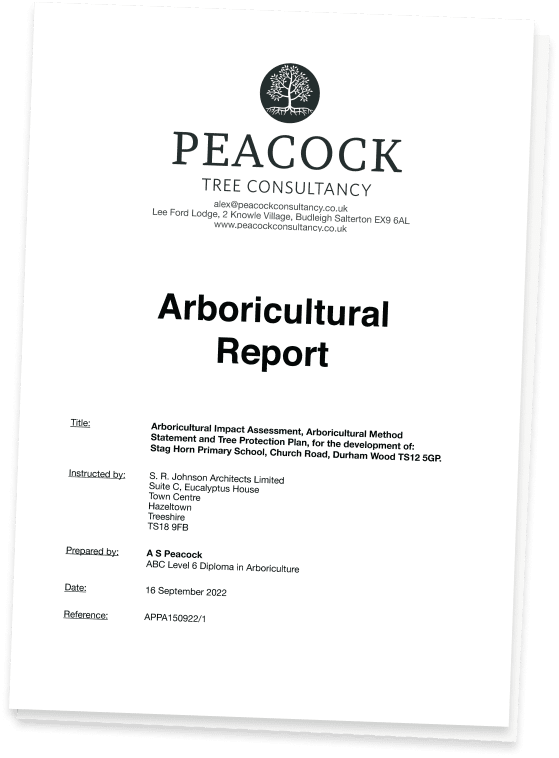Planning & development

My approach goes well beyond providing BS5837:2012 surveys and assessments that enable developers to make planning applications and have them approved.
I produce reports that give practical guidance on protecting existing trees and safeguarding proposed buildings and their occupiers. And I take great care to recommend ways in which trees will continue to thrive and add beauty and value in their new surroundings without causing a nuisance or conflict.
As with tree risk assessment, I’m able to offer a highly tailored service.
See how I can help with trees and arboricultural consultancy
Arboricultural Method Statement (AMS)
An AMS is often used to support a planning application for a new development. Providing an AMS may also be a planning condition to ensure that developers take suitable precautions with trees and their roots. Nevertheless, it’s far more beneficial to involve an arboriculturist from the early stages of a project; this can help avoid complications later in the programme. Contact us for a preliminary site consultation.
The AMS typically addresses the methods for construction workers to adhere to during development. It usually includes a schedule of tree work, the type of location of tree protection fencing and any additional surface ground protection or specialist engineering techniques.
Tree Protection Plans (TPPs)
Tree Protection Plans are stand-alone documents but usually form part of the AMS. They are workable scale drawings that show site workers visually how construction will be undertaken and where tree protection measures, such as fencing, should be placed. We can provide TPPs in any format, including PDFs and AutoCAD, for accurate use on site.